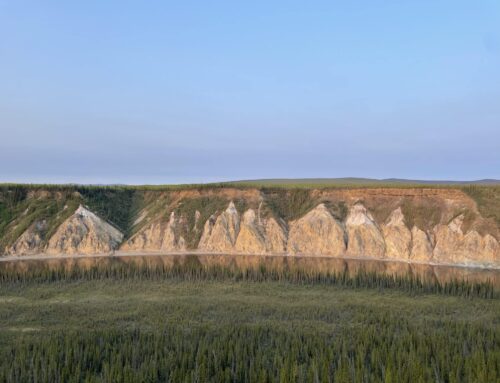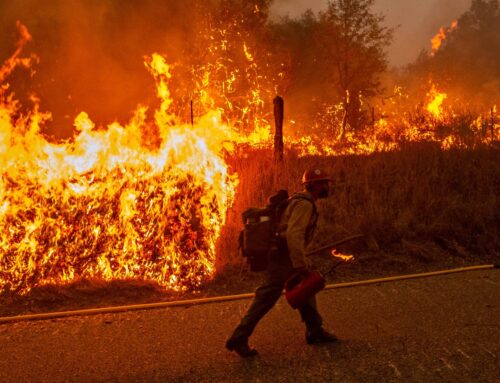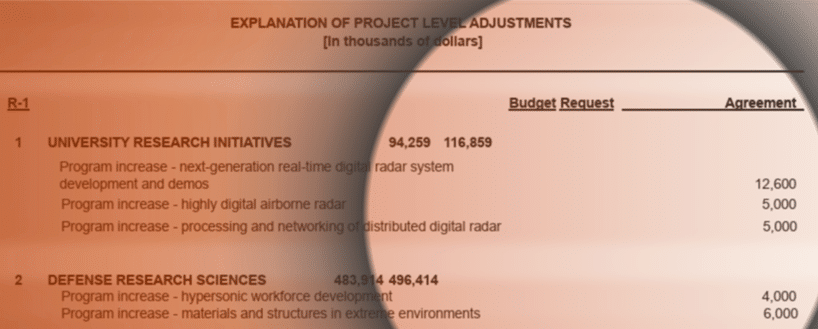On August 6, 2024, the Bureau of Land Management (BLM), under the Department of the Interior (DOI), held an auction for oil and gas leases on federal land in Montana and North Dakota. The sale offered 26 parcels, totaling 5,570 acres. This was the second lease sale held in Montana and the third held in North Dakota this year. In total, the BLM has held 7 auctions for oil and gas leases in 2024.
|
State |
Acres Offered |
Acres Sold |
% Acres Sold |
Total Bid Revenue |
Avg. Bid Per Acre |
Avg. Bid Per Acre FY2016-2020 |
Total Revenue |
| MT | 4,043 | 3,292 | 81% | $6,513,911 | $1,978.57 | $24.78 | $6,564,099 |
| ND | 1,527 | 1,527 | 100% | $17,420,861 | $11,408.78 | $125.41 | $17,456,448 |
| Total | 5,570 | 4,819 | 87% | $23,934,772 | $4,966.54 | $34.26 | $24,020,547
|
This latest sale resulted in 4,819 acres of federal land being leased for oil and gas development, 87 percent of the acreage made available in Tuesday’s auction.
In Montana, 3,292 acres of federal land, 81 percent of what was offered in the sale, were leased for oil and gas development at an average bid of $1,978.57/acre. This is a significantly higher average bid than the previous lease sale in the state ($10.09/acre average bid), which was held earlier this year in April.
In North Dakota, 1,527 acres of federal land, all the parcels offered, were leased for oil and gas development at an average bid of $11,408.78/acre. This is also a significantly higher average bid compared to the lease sales held in the state earlier this year—$271.69/acre in the April sale and $1,032.01/acre in the March sale.
Notably, nearly half the acres leased across both states were sold at the statutory minimum bid of $10/acre—1,320 acres in Montana and 935 acres in North Dakota. However, the low bid revenue from these parcels was offset by several high bids in more competitive areas—for example, one North Dakota parcel sold at auction for $55,038/acre—resulting in higher overall average bids per acre in both states.
Bid revenue in Tuesday’s sale was highly dependent on geographic location. All parcels that received the $10/acre legal minimum bid in North Dakota were located in Slope County, which has seen significantly lower oil and gas production over the last decade compared to other counties in the state. The other parcels in North Dakota offered at auction—which all received bids above $10/acre—where located in the state’s top 3 oil and gas producing counties. A similar trend occurred in Montana as well, with all available parcels in higher producing counties—Richland and Roosevelt—receiving bids above $10/acre.
Leases sold on Tuesday come with leasing terms that reflect critical reforms enacted by Congress in 2022 and codified by the DOI in April, including:
- A federal onshore royalty rate of 16.67% (raised from 12.5% and now in line with state rates)
- Rental rates of $3/acre for the first 2 years, $5/acre for years 3-8, and no less than $15/acre for years 9-10 (raised from $1.50/acre for years 1-5 and $2/acre for years 5-9)
- Minimum legal bid of $10/acre (raised from $2/acre)
- Updates to bonding rates set in 1960 to better reflect market rates and protect taxpayers from future cleanup liabilities
- Directing leasing to appropriate locations, making sales more competitive
These reforms will better protect taxpayers from future reclamation costs and generate more revenue for federal and state taxpayers.
For decades, outdated and inadequate bonding minimums—the money oil and gas operators are required to pay up front to ensure the cleanup of their wells is paid for when they are done producing—had failed to cover estimated cleanup costs and left taxpayers shouldering the costs of reclaiming orphaned wells. At the end of FY2022, there were 5,374 producing oil and gas wells on federal lands in Montana and North Dakota. Using average reclamation costs in the state, TCS estimates that active wells in these states may have been under-bonded by $621.2 million combined. Recent bonding reforms will help ensure these potential future costs do not fall to taxpayers.
Taxpayers have also left billions of dollars in potential revenue on the table due to below market fees, particularly in states with significant oil and gas production like North Dakota. If the current royalty rate of 16.7%—instead of the old, outdated rate of 12.5%—had been applied to oil and gas produced on federal lands in North Dakota from FY2013 to FY2022, taxpayers would have received an additional $1.2 billion in revenue.
On top of additional revenue from increased royalty rates, recent reforms will also minimize speculative leasing by eliminating noncompetitive leasing, implementing an expression of interest fee, and raising the minimum bid. Speculative leasing, when entities acquire oil and gas leases, often for cheap, without the intention of developing, locks valuable land from other uses and provides taxpayers little return. In Montana, 1.5 million acres have been leased noncompetitively since 2000, but only 4 parcels ever entered production.
Recent reforms to the federal onshore oil and gas leasing system are an important step in securing a fair return for taxpayers and ensuring we are not left with long-term liabilities.











Get Social